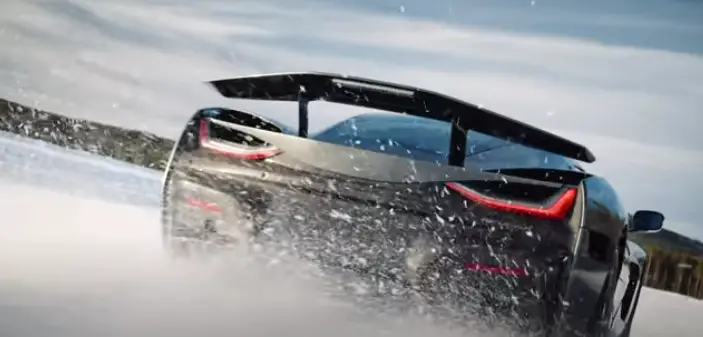As Poslovni Dnevnik writes, the Rimac team completed two intensive weeks of winter testing with the gorgeous Nevera supercar back in March at Pirelli’s Sottozero Centre near the Arctic Circle in Sweden. With unusually warm daytime temperatures, the Rimac team spent their time testing the car at night when temperatures were at their lowest and as such their most extreme, adjusting systems such as the ABS, ESP and torque vectoring, and before delivering the very first production cars.
After several years of simulations and testing on tracks, as well as in various test centres across Europe, the all-electric 1914 hp Rimac Nevera has already passed its homologation crash tests for the US and EU, serial production is underway and deliveries to customers around the world will begin in the next few months. However, to ensure that each management system works perfectly in all conditions, the Rimac team headed up to Sweden to confirm the results they had previously achieved on the road, on the tracks and in the climate chambers.
This environment was an ideal opportunity to test the Nevera on its recommended winter tyres – Pirelli P Zero Winter. This type of tyre is characterised by a special mark on the side that testifies to the joint development that Pirelli carried out in partnership with Rimac. Nevera’s standard summer tires are otherwise Michelin Pilot Sport 4S.
Miroslav Zrncevic, Chief Development and Test Driver, said: ”Testing the Nevera on a low-adhesion substrate allows us to make consistent and accurate observations of how our systems operate at low temperatures. Things happen much slower on this than they do on asphalt, and we have nice, even, smooth handling paths so we know that the data we get isn’t being affected by surface imperfections or temperature changes. After these two weeks of testing, we’re happy to see exactly the results we wanted to achieve.”
Mate Rimac, the CEO of Rimac Group, said: “For us, this process of testing in extreme conditions was an opportunity to perfect the Nevera, ensuring that it’s perfect before the first deliveries go out to the owners. Even after two weeks spent at temperatures of around -15 ° C and with a rather demanding testing regime, our prototype met the conditions by achieving 100 percent of the expected results, so we know that all our core systems can work reliably even in extreme conditions. What we also wanted to achieve is to develop a super sports car that can be driven and enjoyed by someone who isn’t the most experienced driver. Finding a balance of creating an exciting, driver-adaptable yet safe ride in a 1914 hp car with four independent electric motors has been our goal since day one, and as testing nears the end, I can say with certainty that this is exactly what we achieved with the Nevera.”
For more, check out our lifestyle section.








